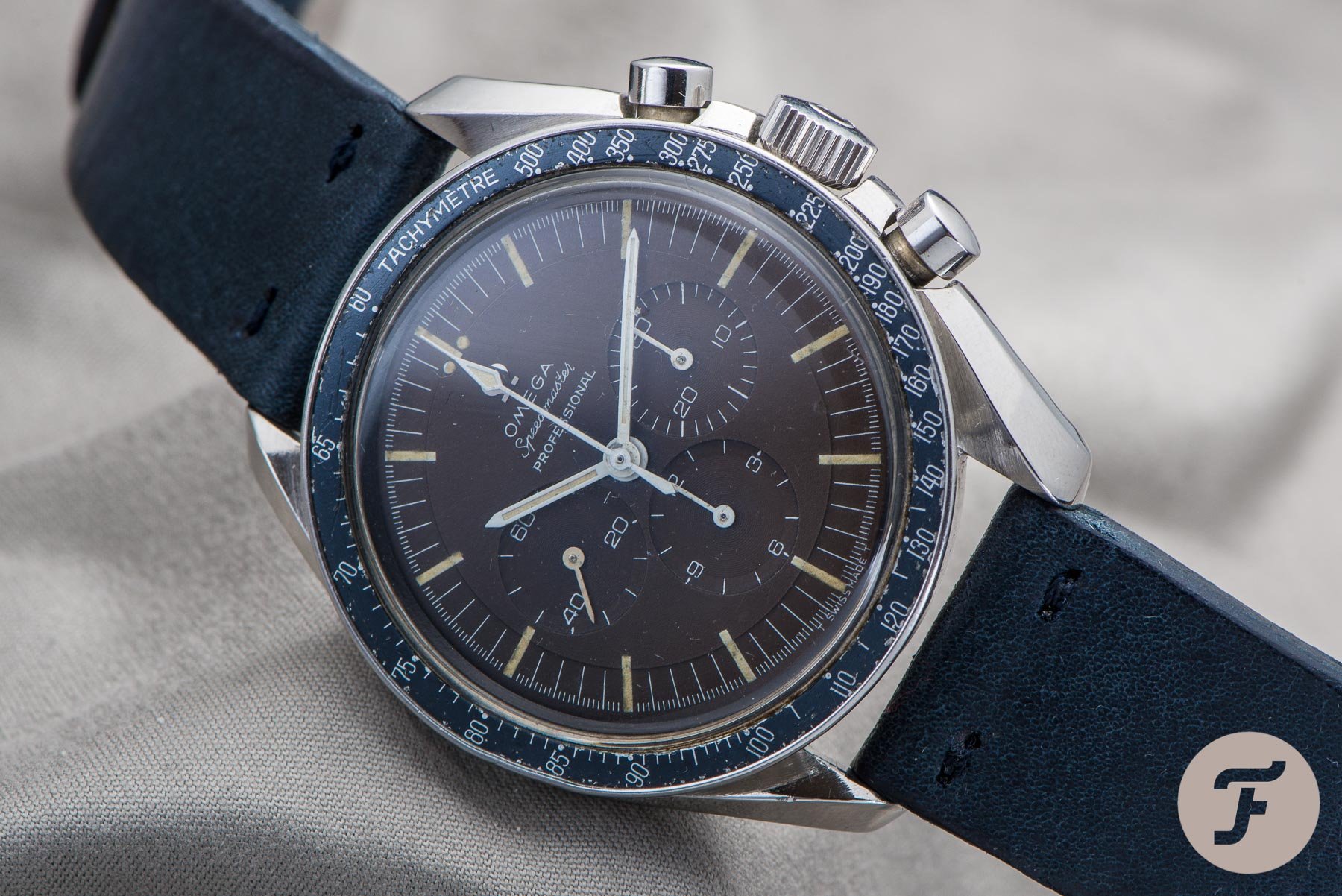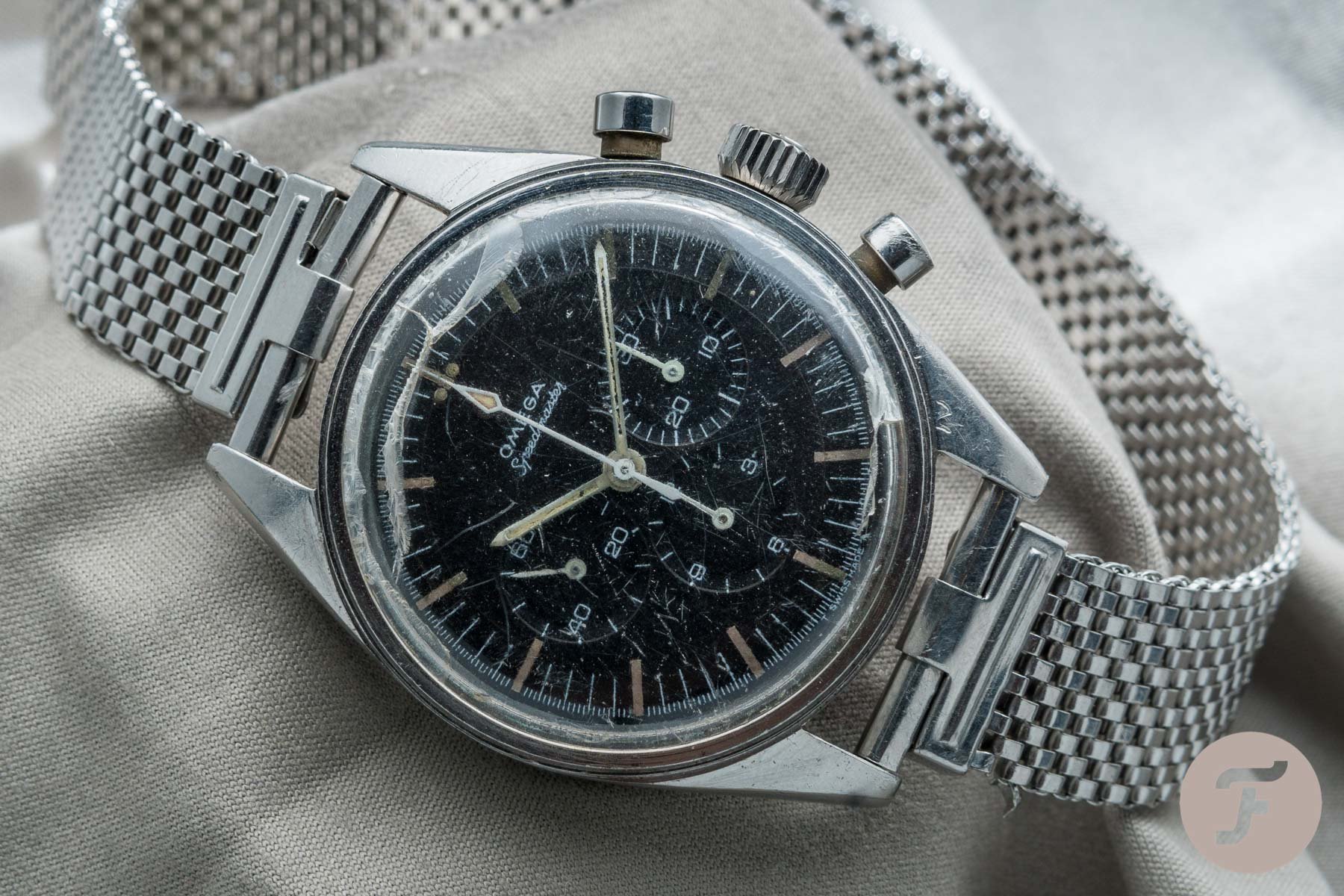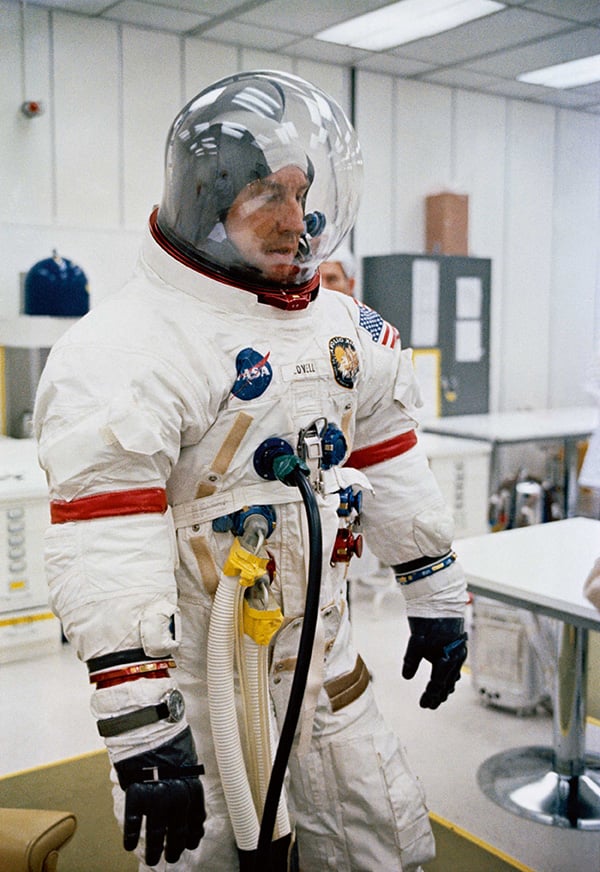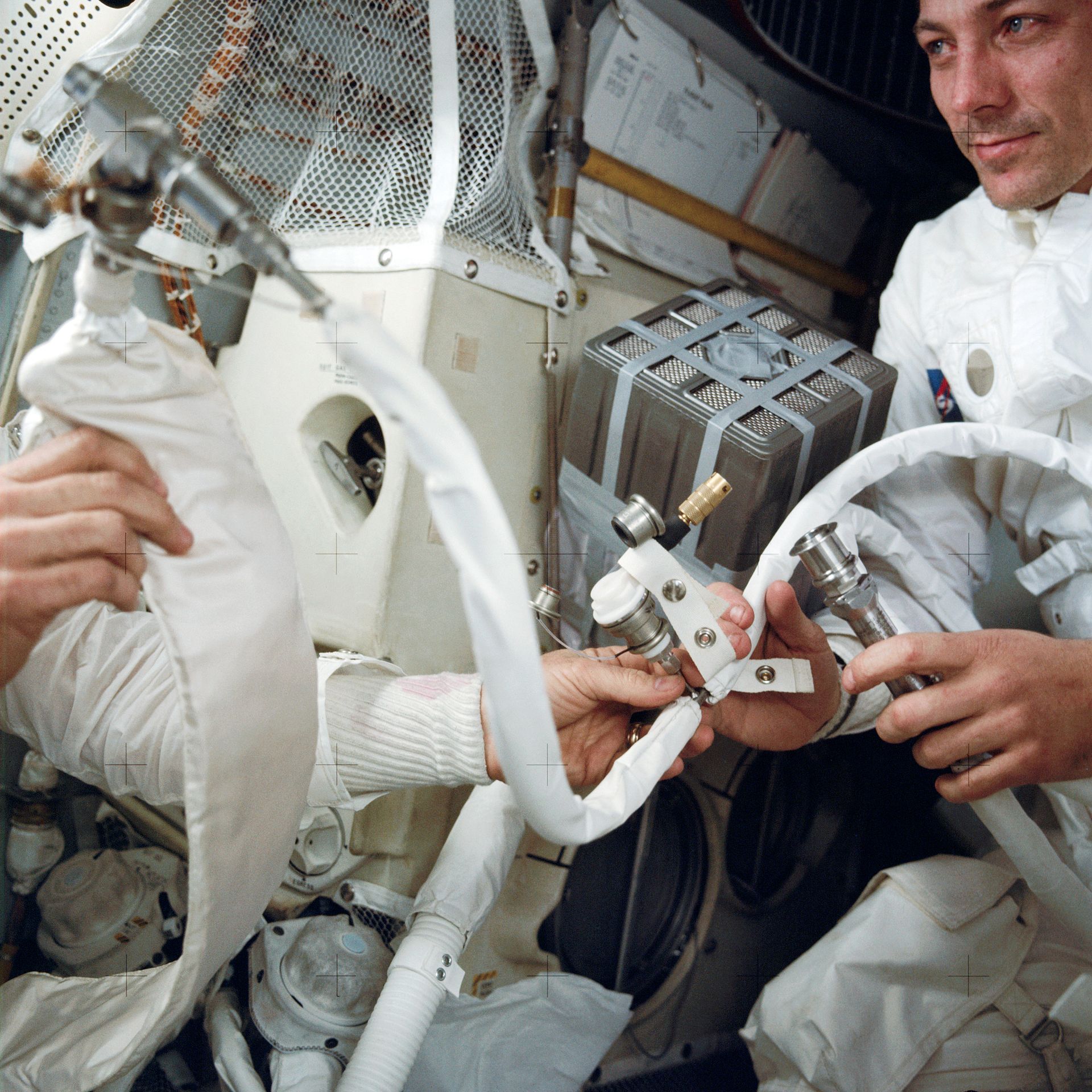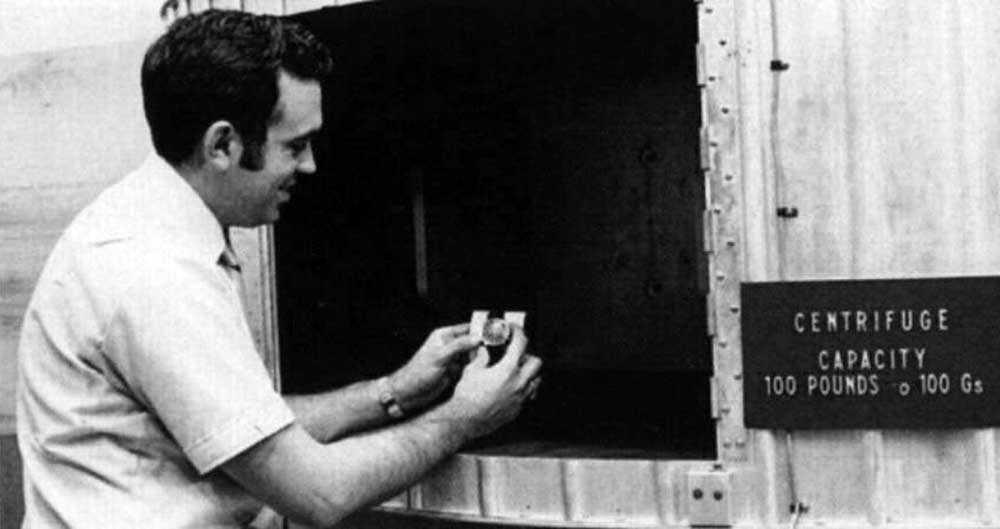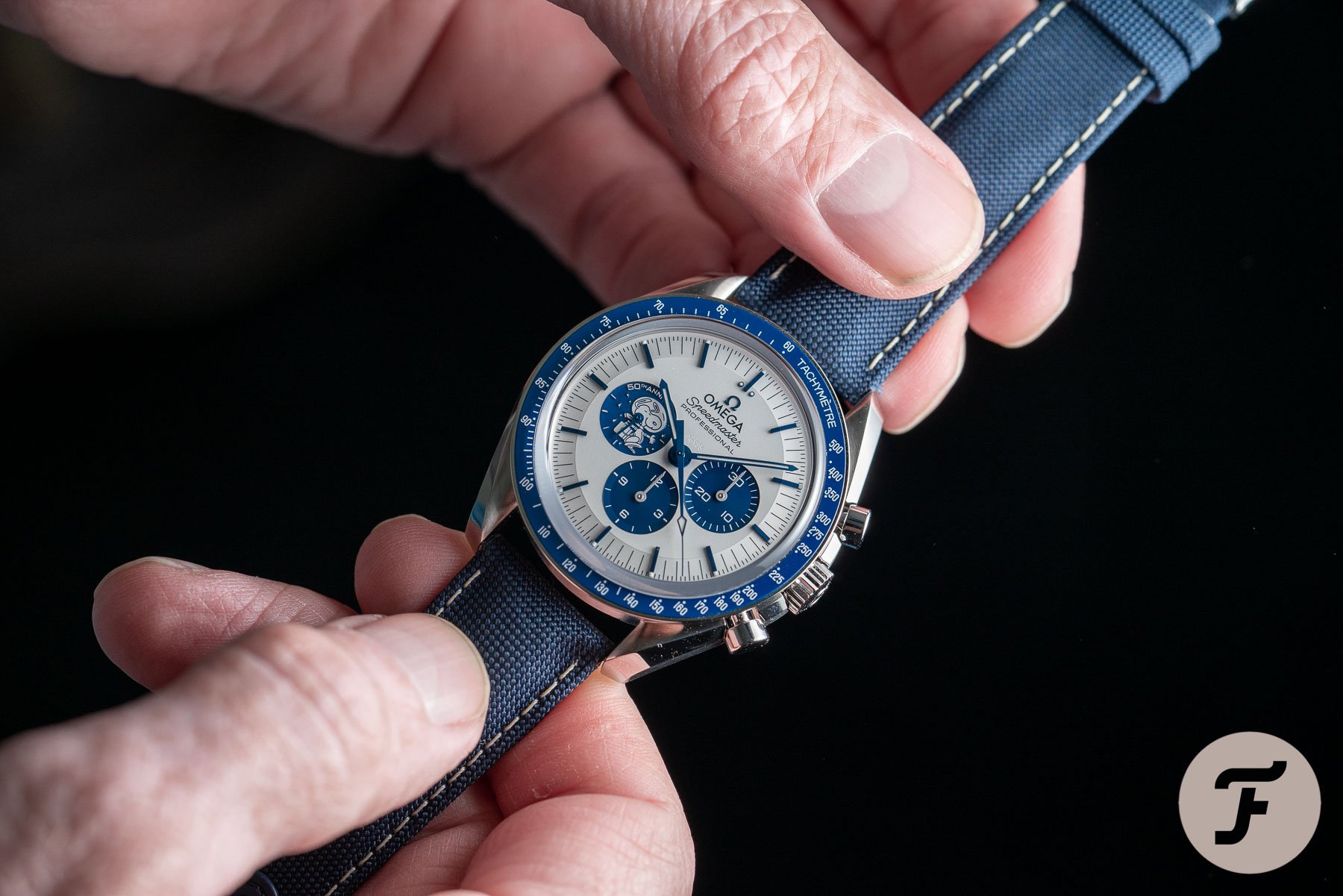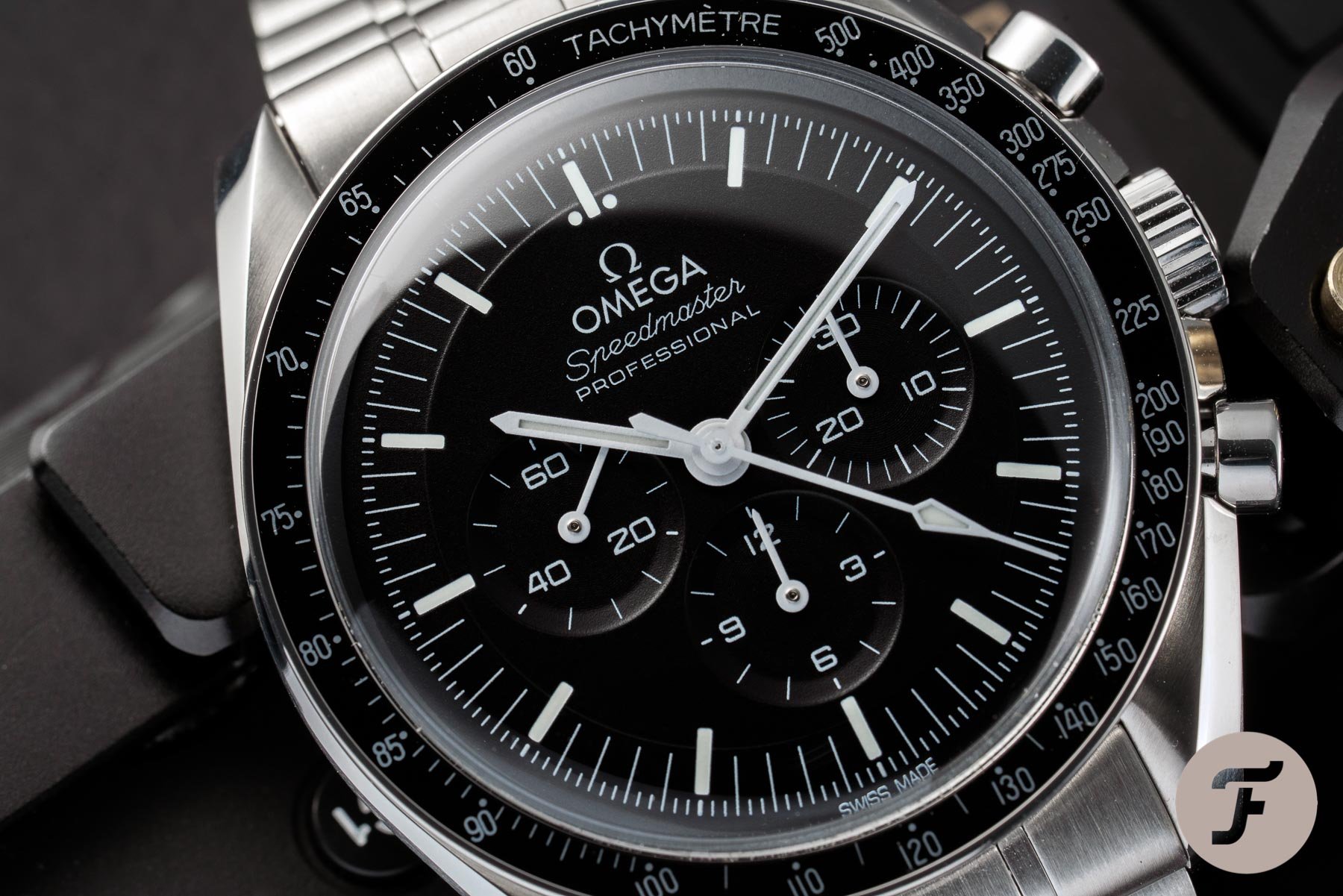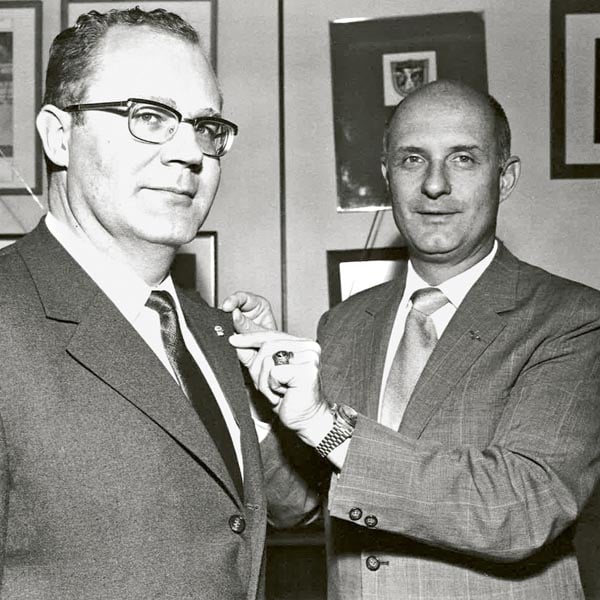Apollo 13 — A Life-Saving Fourteen-Second Burn Timed With The Omega Speedmaster Professional
Fifty-three years ago, on April 11th, 1970, the Apollo 13 crew set course to the Moon. What NASA astronauts James Lovell (Commander), Jack Swigert (Command Module pilot), and Fred Haise (Lunar Module Pilot) couldn’t have known was that a major problem would occur just two days later. The Omega Speedmaster Professional played a vital role in the crew’s safe return and has led to the highest award NASA can give to staff and contractors, the Silver Snoopy Award.
Apollo 13 and the Omega Speedmaster
All three astronauts were wearing their Omega Speedmaster Professional 105.012 watches, supplied by them to NASA. It was the first “Professional” Speedmaster model that Omega produced. This made it slightly different from the Speedmaster that NASA had qualified in for manned space missions in 1965. Back in 1964, Omega submitted the Speedmaster 105.003 (third generation) to NASA for testing by NASA engineer James Ragan. Unlike the watches that Rolex, Longines-Wittnauer, and (later on) Bulova supplied to NASA, the Speedmaster withstood all tests.
However, at the same time, Omega also developed the “Professional” model with crown guards. This was the fourth generation of Speedmasters and had reference number 105.012. The caliber 321 inside of it was the same and remained in use until 1968.
A 14-second burn
On April 13th (10:08 PM EST), an accident occurred on board the Service Module. An oxygen tank exploded, leading to the abortion of the mission. This is where the famous “Houston, we’ve had a problem” quote comes from. The command center in Houston worked hard to get the crew back home safely. Swiger, Haise, and Lovell needed to relocate to the Lunar Module and, together with the command center, worked on several solutions to fix the problem(s) and save as much energy as possible. The 1995 movie Apollo 13, featuring Tom Hanks as Lovell, Kevin Bacon as Swigert, and Bill Paxton as Haise, brings you the full story of the accident and the problem-solving steps. If you haven’t watched it (yet), make sure to do so. I’ve noticed that Apollo 13 is always available on at least one of the usual streaming platforms (Apple TV, Amazon Prime, or Netflix).
Life-saving timekeeping
After fixing the pressing issues onboard the spacecraft, the next challenge was to get it back on the right course. It drifted off course by roughly 60 to 80 nautical miles during the problem-solving events. This would result in the module re-entering the Earth’s atmosphere at the wrong angle, with fatal consequences. The astronauts would need to manually control the spacecraft, readjusting it to the correct course. For this, a 14-second burn of fuel was required.
The timing of exactly 14 seconds was crucial. However, Jack Swigert could not rely on the digital timers onboard the spacecraft. Instead, he had to use his Omega Speedmaster Professional 105.012-66, serial number 69, to time 14 seconds using the chronograph function. Needless to say, it worked, and the crew returned safely, splashing down in the South Pacific Ocean on April 17th, exactly 142 hours and 54 minutes after the launch on April 11th.
Now, it might seem that just any watch can time 14 seconds flawlessly. Remember, though, that only the Omega Speedmaster survived NASA’s test, which simulated the abuse the watches would receive during use in space.
Silver Snoopy Award
On October 5th, 1970, Omega received NASA’s prestigious Silver Snoopy Award for its contribution to the success of human space flight missions. This award, a certificate, and a silver Snoopy lapel pin can now be found in the Omega Museum in Biel, Switzerland.
Speedmaster Snoopy tributes
To commemorate this critical role, Omega has released three Speedmaster Snoopy watches to date. The first was in 2003. It was a black-dial Speedmaster with Snoopy in the sub-dial at 9 o’clock and was a limited edition of 5441 pieces. A second tribute debuted in 2015, a white-dial Speedmaster with a Snoopy comic on the dial and a silver replica of the lapel pin on the case back. This was a limited edition of 1970 pieces. The last one came out in 2020. It featured a silver dial with blue sub-dials (Snoopy once more in the sub-dial at 9 o’clock) and an orbiting Snoopy on the case back. In the video above, I talk about all three Speedmaster Snoopy watches.
The current Moonwatch is close to Apollo 13’s 105.012
Although you can find one of the three Speedmaster Snoopy watches, they come with a hefty price tag on the pre-owned market. The current Omega Speedmaster Professional reference 310.30.42.50.01.001 was introduced in 2021 and underwent some changes compared to its predecessor. You can read all about the updates and changes in detail here. Although the most significant update took place under the dial of this watch with the switch to the new caliber 3861, the watch’s aesthetics go back a few generations. To the Speedmaster Professional 105.012, to be exact.
The case changed to the exact dimensions and lug shape of 105.012, which was already introduced in 2019 for the Apollo 11 limited editions. On the dial, there’s the famous “step,” and the chronograph seconds hand has the same shape as the one used on the caliber 321 models on the first few Speedmaster generations. I believe you can’t go wrong with any Speedmaster (Professional). Still, when buying the current Moonwatch reference 310.30.42.50.01.001, you will have something very close to the watch that saved the Apollo 13 crew.

